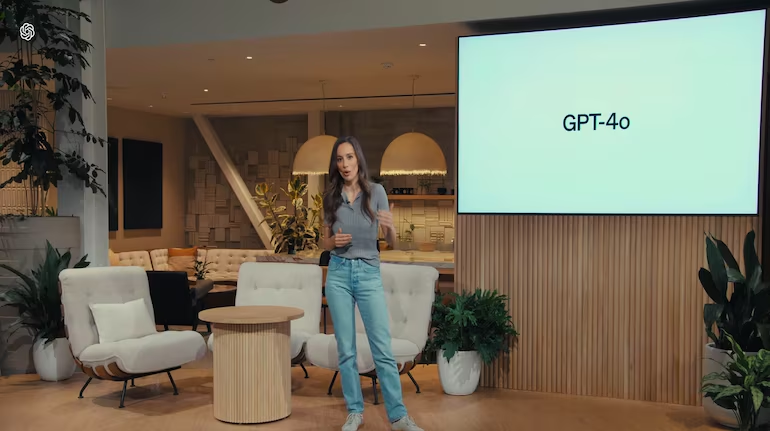No, Google Play isn’t in freefall. Quite the opposite. The marketplace projects $55.5 billion in user spending for 2024 and expects 143 billion downloads by 2026. While app removals occur regularly (cleaning out abandoned or non-compliant apps), this represents ecosystem maintenance, not decline. With 2-3.9 million active apps, thousands of new developers annually, and 21% of Millennials opening apps 50+ times daily, the digital storefront shows all crucial signs of thriving. The numbers tell a different story than the doomsayers.
Despite alarmist headlines suggesting a collapse, Google Play’s app ecosystem continues to flourish with remarkable resilience in 2025. Anyone claiming the sky is falling clearly hasn’t checked the numbers—with app counts ranging from 2.06 to 3.9 million and projected downloads set to hit a staggering 143 billion by 2026, this marketplace isn’t exactly on life support.
Let’s get real for a second. The Play Store remains the largest app marketplace globally, outpacing Apple’s App Store by up to a million apps. That’s not exactly the digital equivalent of a ghost town, is it?
With around 580,876 developers actively publishing on the platform and thousands of newcomers joining annually, the ecosystem is hardly dying on the vine.
The Play Store thrives with over half a million active developers—not exactly the digital ghost town critics imagine.
Sure, there’s churn—lots of it. While up to 3,000 new apps appear daily, plenty disappear too. It’s less “freefall” and more “digital natural selection.” The platform regularly cleans house, removing abandoned, non-compliant, or just plain terrible apps. Think of it as Marie Kondo-ing the digital clutter that no longer sparks joy.
The money tells an even more convincing story. User spending is projected to reach $55.5 billion in 2024, up $5 billion from 2023. Not exactly the financial trajectory of a failing marketplace, right?
User engagement remains robust too. About 21% of Millennials are opening apps more than 50 times daily—*fifty times!* They’re checking their phones more often than some people blink.
What we’re seeing isn’t a platform in decline but one in evolution. With 97% of apps being free, developers are finding creative ways to monetize through ads, subscriptions, and in-app purchases. The evidence is clear when you look at the approximately 41,000 mobile applications added to the Play Store in December 2024 alone. The platform’s revenue sources are diversifying, with a significant portion coming from in-app purchases particularly in gaming apps. Many forward-thinking businesses using Google Play are experiencing profit increases comparable to the 45% boost seen with strategic AI implementation.









